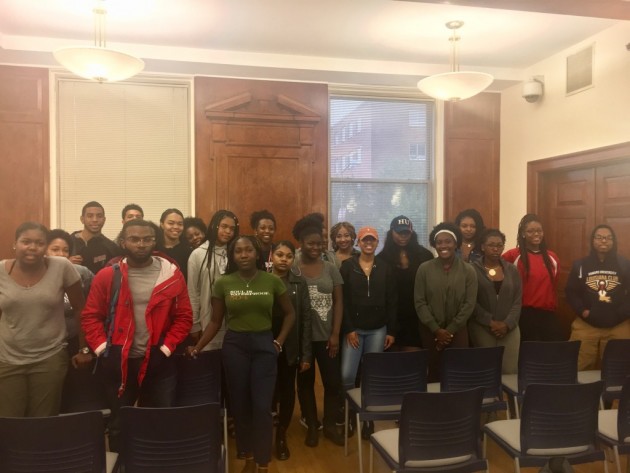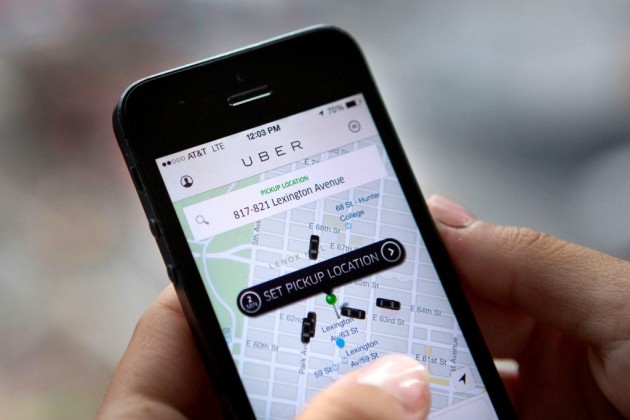Fall has arrived, and it’s entirely too cold to travel for a nice, hot meal. You could go for a pizza, maybe even Chinese food. Instead, you turn to UberEATS to fix your cravings for a quality meal.
Food delivery service apps started popping up in the United States since the end of 2014. Just go to your smartphone’s app store, and the choices vary from UberEATS, Postmates, Caviar and more. Add on your credit card information, and with a few clicks you can have a meal from your favorite neighborhood restaurant (if available through the app) delivered directly to your door. As a new user, these apps give out incentives like a free $5-$10 code for first-time users. Customers are also provided with a code to share with friends to encourage them to sign up, giving both parties money if the new user makes an account and purchases food.
These delivery apps are convenient for both customers and restaurants alike. Rachel Feggins, the manager of Po Boy Jim, shares how using UberEATS has had a positive outcome for the restaurant. “Some people heard of us only on UberEATS. When they get the food, they’re like oh it’s really good; maybe I should try it out and dine in. So they come in, and they have a good experience. So it definitely brought new business and clients to us.”
In 2015, UberEATS and UberFRESH launched. According to eater.com, UberEATS is the most profitable division of Uber. At the beginning of 2017, there were more than 8 million users, and that’s just for the U.S. It appears as though UberEATS is highly popular, however, everyone is not a fan.
“What I don’t like about these apps are that their delivery fees are very expensive and that the menu selection is very low," explains Bria West while dining out herself at RedRocks Neopolitan Bistro on H Street N.E.
HU News Service reached out to Uber for comment; however, they did not respond.
Aside from high delivery fees, a problem that can arise with using delivery services can be simplified to one word: laziness. According to forbes.com, people start to become addicted to these services because of its convenience. “Without these apps, it would require people to either get up and go to the store and buy food, or to cook themselves instead of sitting in the bed and ordering food,” explains West.
You can get virtually anything delivered to your home with today’s economy. From dry-cleaned clothes to liquor, making it easier for Americans to be lazy.
“I definitely think that it’ll grow over time and become better,” Feggins explains. With delivery services rapidly gaining new customers month by month, the convenience factor may be here to stay.




